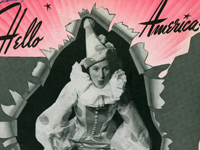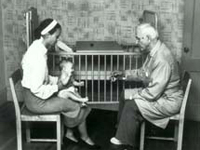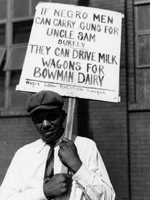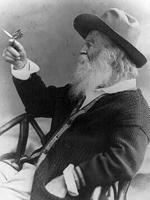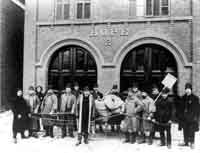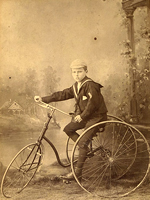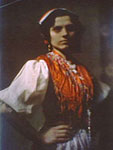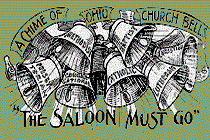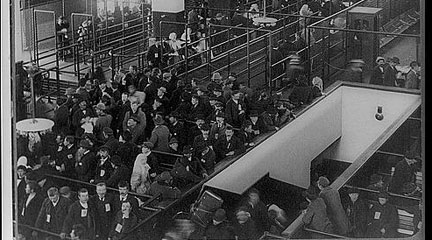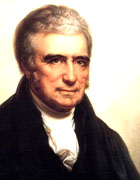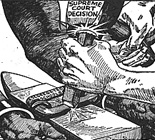Teaser
Very few of us have ancestors who were not immigrants. Bring the topic of immigration to life.
Description
Primary sources and questions for a unit on immigration to the United States during the late 19th and early 20th centuries.
Article Body
Primary source documents and statistical tables about immigration in the late 19th and early 20th centuries anchor this lesson. Analytical questions about the documents and the tables require students to draw conclusions from the data, as well as evaluate opinions regarding immigration as expressed in the primary sources.
These materials are supplemented by Digital History’s larger Immigration Learning Module which provides many hyperlinks to additional primary sources including a timeline and documents. (NOTE: To access these documents, paste the title of the document into the search field when you arrive at the Library of Congress Learning Page.)
Links to primary source sets from the Library of Congress and other features of the Ethnic America section of the Digital History site are also provided.
Overall we feel that the basic lesson plan provides an excellent set of teaching materials, but we encourage you to explore the interrelated hyperlinks of the Learning Module to find additional materials that will inspire you and your students.
Topic
Immigration; early 20th century
Rubric_Content_Accurate_Scholarship
Rubric_Content_Historical_Background
Yes
Much information is available on the website. In addition, Digital History’s online textbook provides detailed background information on the topic.
Rubric_Content_Read_Write
Rubric_Analytical_Construct_Interpretations
Yes
In the basic lesson students are asked to draw conclusions from immigration data. Other documents that you may decide to use from Digital History’s online textbook may elicit student analysis and interpretation as well.
Rubric_Analytical_Close_Reading_Sourcing
Rubric_Scaffolding_Appropriate
Yes
While no specific audience is stated, we feel the basic lesson and accompanying questions are suitable for middle school. Other materials on the site may be useful for all grade levels.
Rubric_Scaffolding_Supports_Historical_Thinking
No
Teachers will want to provide some scaffolds of their own to help students understand and interpret texts and data tables.
Rubric_Structure_Assessment
No
No assessment criteria are included. As teachers define their goals for this lesson they will have to determine how to assess student learning.
Rubric_Structure_Realistic
Yes
The basic lesson is unstructured, but the questions and activities are clearly presented. It would be easy to use these materials to teach about immigration in normal classroom settings.
Rubric_Structure_Learning_Goals
No
Teachers must provide structure and goals for this lesson.
